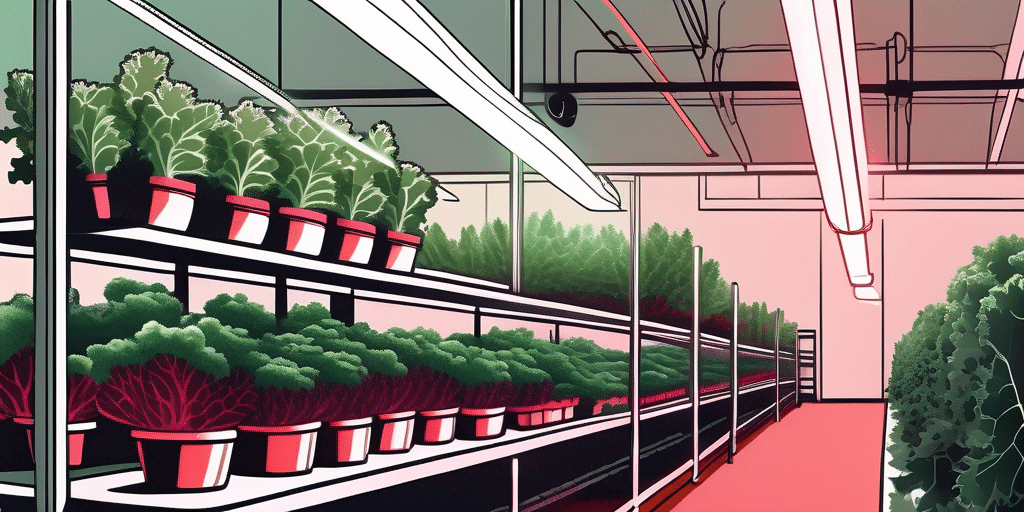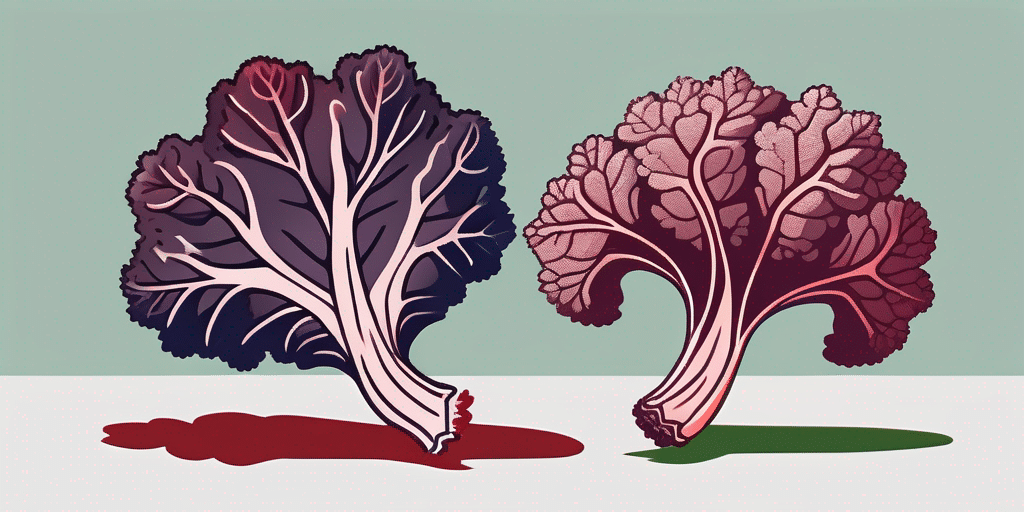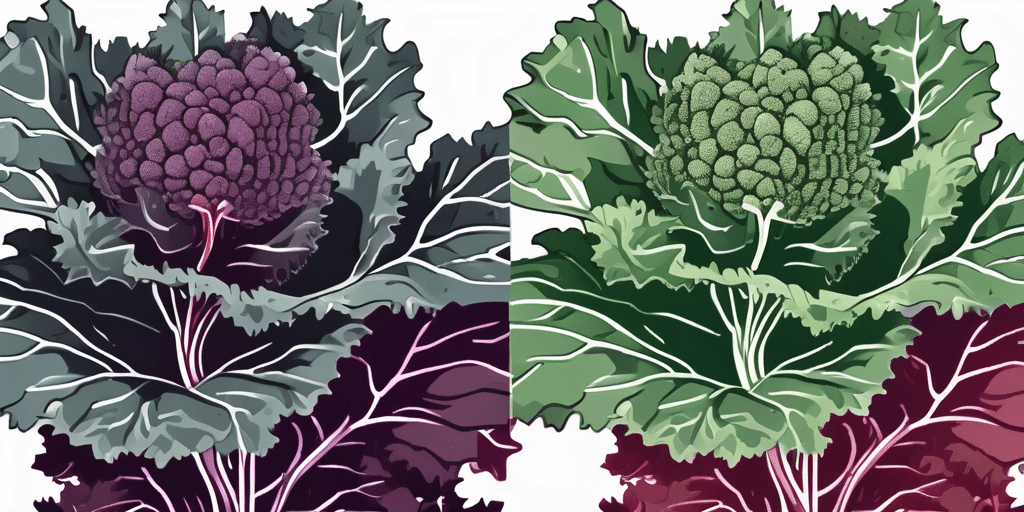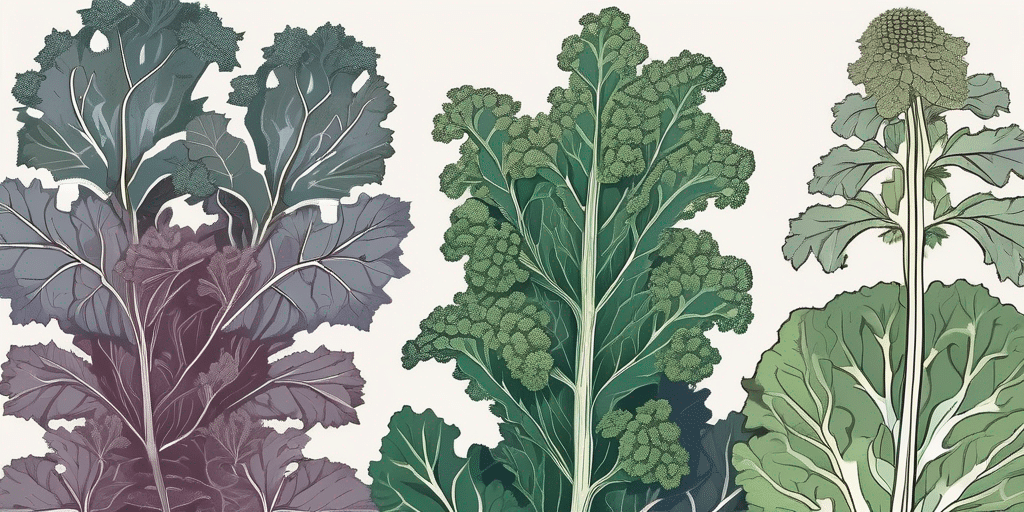Red Russian Kale is a versatile and nutritious vegetable that can thrive in Zones 5a and 5b. Whether you are an experienced gardener or a beginner, this article will provide you with valuable insights on how to successfully grow and care for Red Russian Kale in these specific climate zones.
Growing Red Russian Kale in Zones 5a and 5b
Growing Red Russian Kale in Zones 5a and 5b requires careful planning and attention to the climate and hardiness of the plant. This variety of kale is known for its cold tolerance, making it an ideal choice for these colder zones.
One of the first steps in growing Red Russian Kale is to select a suitable location for your garden. Choose an area that receives full sun or partial shade, as the plants thrive in these conditions. Additionally, ensure that the soil in your chosen location is well-draining and fertile. Organic matter or compost can be added to improve soil fertility and structure.
Once you have prepared the soil, it is time to sow the seeds. Red Russian Kale can be directly sown into the ground or started indoors if you prefer a head start. If starting indoors, sow the seeds about 4-6 weeks before the last frost date. Plant the seeds about ¼ to ½ inch deep and keep the soil consistently moist until germination occurs.
Transplanting can be done once the seedlings have grown two to three sets of leaves. When transplanting, ensure that the plants are spaced at least 18 inches apart to allow for proper air circulation and growth.
Climate & Hardiness in Zones 5a and 5b
Red Russian Kale is known for its exceptional cold tolerance, making it an excellent choice for Zones 5a and 5b. It can survive temperatures as low as -20°F (-29°C), thriving in the cooler climates of these zones. The leaves of Red Russian Kale become sweeter after exposure to frost, adding to its appeal.
However, it is essential to protect young seedlings or newly transplanted plants from potential late spring frosts by using row covers or other protective methods.
When to Plant Red Russian Kale in Zones 5a and 5b
The best time to plant Red Russian Kale in Zones 5a and 5b is in the early spring, as soon as the soil can be worked and the risk of frost has passed. In many areas, this is typically around late March to early April.
However, Red Russian Kale can also be planted in the fall for a late-season harvest. For a fall planting, sow the seeds around 8-10 weeks before the first expected frost date. This ensures that the plants have enough time to mature before winter sets in.
When to Harvest or Pick Red Russian Kale in Zones 5a and 5b
Red Russian Kale is a cut-and-come-again crop, meaning that you can pick the outer leaves as needed while allowing the center to continue growing. The leaves can be harvested when they reach a length of 6-8 inches, usually around 50-70 days after planting.
Regular harvesting helps promote continuous growth and ensures that the plant remains productive throughout the growing season. The leaves can be harvested individually or cut the entire plant at ground level to encourage new growth.
Did you know that Red Russian Kale is not only delicious but also highly nutritious? It is packed with vitamins A, C, and K, as well as minerals like calcium and iron. Incorporating this leafy green into your diet can provide numerous health benefits, including improved digestion and immune function.
Furthermore, Red Russian Kale is a versatile ingredient that can be used in various culinary creations. You can enjoy it raw in salads, sauté it with garlic and olive oil for a quick and healthy side dish, or add it to soups and stews for an extra nutritional boost.
Frequently Asked Questions
Q: How do I protect my Red Russian Kale from pests?
A: Red Russian Kale is relatively pest-resistant, but it can be susceptible to cabbage worms and aphids. To protect your plants, consider using floating row covers or organic insecticides labeled for kale to deter pests. Regularly inspect your plants for any signs of infestation and take appropriate action if necessary.
Q: Can I grow Red Russian Kale in containers?
A: Yes, Red Russian Kale can be successfully grown in containers. Choose a large pot with a depth of at least 12 inches to allow for proper root development. Ensure that the container has drainage holes to prevent waterlogging. Follow the same planting and care instructions as for in-ground cultivation, ensuring that the container receives adequate sunlight and regular watering.
Q: Can I save and reuse Red Russian Kale seeds?
A: Yes, you can save and reuse Red Russian Kale seeds from your mature plants. Allow the plants to flower and produce seed pods. When the seed pods turn brown and dry, remove them from the plant, and collect the seeds. Store the seeds in a cool, dry place in an airtight container until the following growing season.
Q: What are the health benefits of eating Red Russian Kale?
A: Red Russian Kale is packed with nutritional benefits. It is an excellent source of vitamins A, C, and K, as well as minerals such as calcium and iron. It also contains antioxidants and dietary fiber, making it a great addition to a healthy diet.
Now that you have learned how to grow and care for Red Russian Kale in Zones 5a and 5b, it’s time to put your knowledge into action. Enjoy the process of cultivating this delicious and nutritious vegetable, and reap the rewards of your homegrown harvest!
Did you know that Red Russian Kale is not only a nutritious vegetable but also a beautiful addition to your garden? Its vibrant red and green leaves can add a pop of color to any landscape. Imagine the visual appeal of a container garden filled with lush Red Russian Kale plants, thriving and reaching towards the sky.
Furthermore, Red Russian Kale is not just a treat for your eyes but also for your taste buds. Its tender leaves have a slightly sweet and earthy flavor, making it a versatile ingredient in various culinary creations. From salads and smoothies to stir-fries and soups, the possibilities are endless when it comes to incorporating this nutrient-packed vegetable into your meals.
Join Our Green-Thumbed Community!
Ready to transform your garden into a kaleidoscope of edible wonders like the Red Russian Kale? Subscribe for free to How to Grow Everything and start building the garden of your dreams today! Receive personalized gardening advice tailored to your specific zone, experience, and interests. Our family is dedicated to helping yours grow the best garden without any spam—just pure gardening gold. Plus, you’ll get exclusive special offers to enhance your gardening journey. Let’s grow together!






